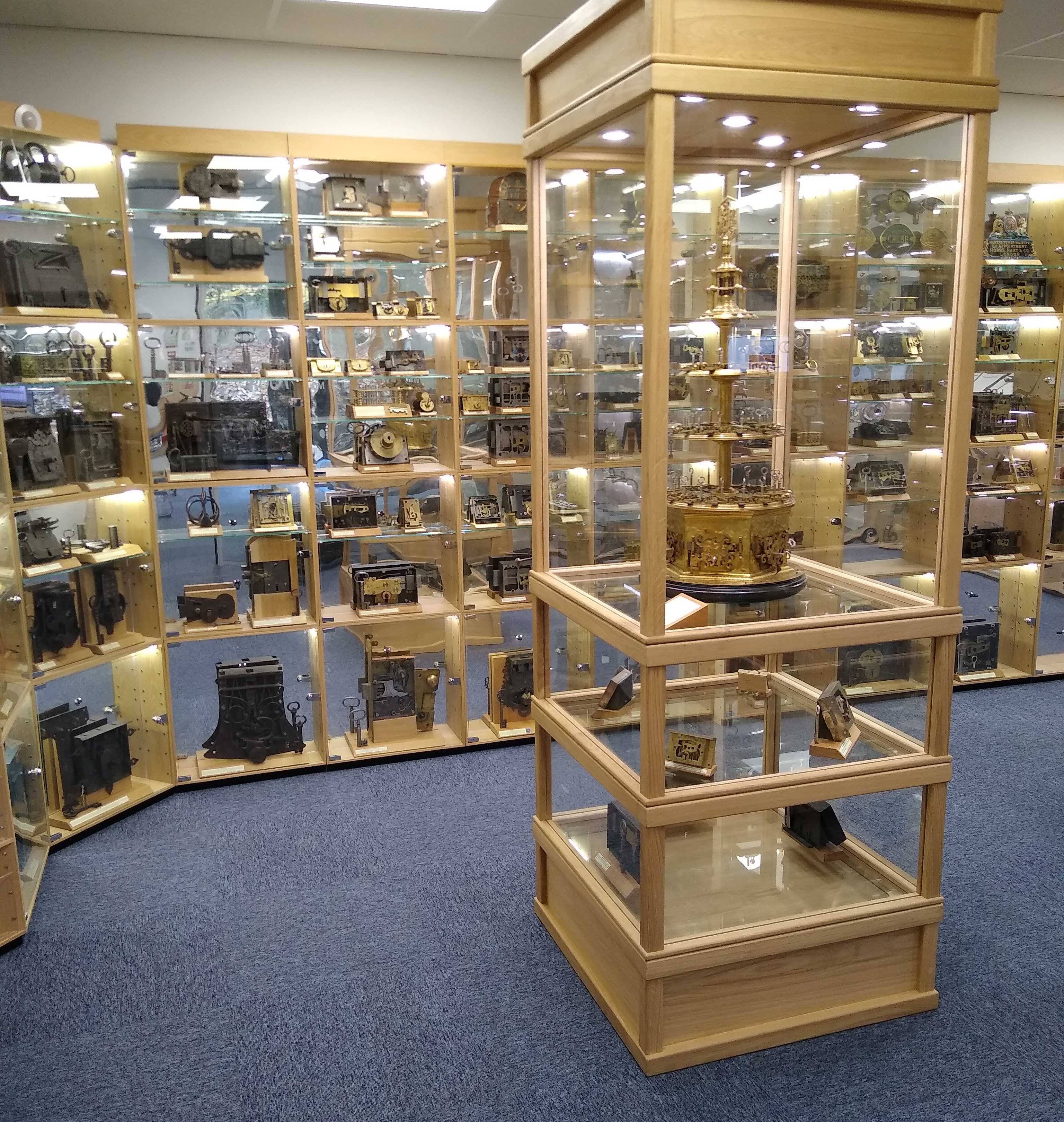Thread: milners curiosity or not ?
Threaded View
-
09-11-18, 01:18 PM #8

Yes Magpie, the story is more or less true. In earlier times safe mechanics as they were then called, carried templates of Milner and Ratner locks which enabled them to locate each of the six fixing bolts with reference from the keyhole. Punching out without pre-drilling sounds unrealistic. Having centre-punched each position it usually revealed the end of the blind hole into which the bolt was fixed and which was then drilled with a 5/16th to a depth which cleared the door plate and the hard plate. It was then simple to punch out each bolt.
The Milner safes with wooden inserts were only produced for a short time from 1854 as they were seriously criticised by rival Geo.Price as being more susceptible to gunpowder attack where the charge would be more confined within the wood. Incidentally the lock which Milner was using at this early stage was the Hobbs made gunpowder-proof Milner Patent also of 1854 with different profile and most unusually locked up.
So, while the wooden inserts would have prevented the Hobbs lock from disengagement, this would only have applied for a very short period.
Lastly, at that time the six holes would have had to be drilled by belly-brace and hand hardened spade drills. From personal experience I know how difficult this can be when there is no power on the premises even when using modern twist drills but with a hand-drill.
P.S. In later years Milner bolted a pressed steel shroud on top of their locks in their List 3 qualities to over come this weakness. Very frustrating if you've already drilled off the lock.
Thread Information
Users Browsing this Thread
There are currently 1 users browsing this thread. (0 members and 1 guests)







 Reply With Quote
Reply With Quote








Tann ten Lever Locks 6.5 gauge